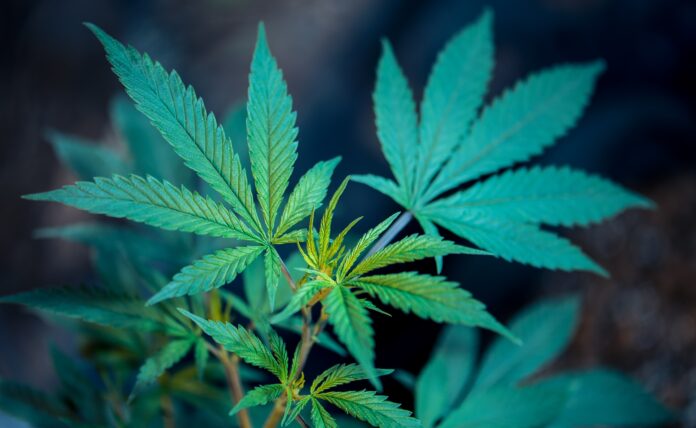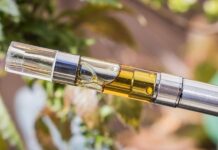Growing cannabis at home has become increasingly popular due to its numerous benefits and legalization in various states. For those looking to provide themselves with a sustainable and cost-effective supply of their favorite plant, home gardening has become the perfect solution! This guide will walk you through the essentials of homegrown cannabis, from plant varieties to harvest tips and ways to utilize the final product.
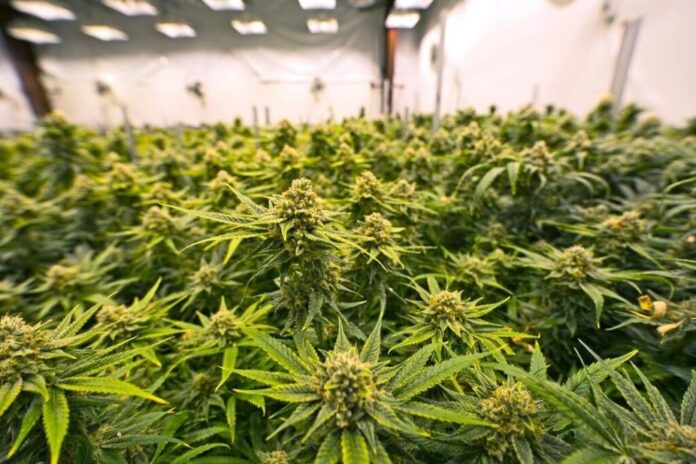
Preparing Plants and Tools
Cannabis plants are divided into three primary types: Sativa, Indica, and Hybrid. Sativa plants are known for their uplifting and energizing effects, while Indica plants deliver more relaxing sensations. Hybrids are a combination of both, offering a more balanced experience. To start your cannabis garden, you’ll need to select seeds or clones that match your personal preferences and growing conditions. It may be a good idea, depending on your needs, to use feminized seeds to ensure your plants are all female and produce flowers for consumption.
The two main growing techniques for cannabis cultivation are soil-based and hydroponic. Soil-based growing is ideal for beginners as it’s more forgiving and mimics the plant’s natural environment. Hydroponic systems, on the other hand, grow plants without soil by providing nutrients and water through a nutrient-rich solution, yielding faster results and greater control for experienced growers. Keep in mind that soil-based growing requires containers, organic potting soil, nutrients, and adequate drainage while hydroponic growing requires a hydroponic system, nutrient-rich water, a pH/EC meter, and air pumps.
Dealing with pests and diseases is an essential aspect of successful cannabis cultivation, so make sure you’re prepared to fend off any issues before you start. Prevention is always better than cure; hence, maintaining a clean and well-ventilated grow space is vital. Regularly inspect your plants for signs of pests, mold, or disease, and take appropriate action promptly. Approaches to pest control may include organic methods like neem oil and insecticidal soap or introducing beneficial insects such as ladybugs to your garden.
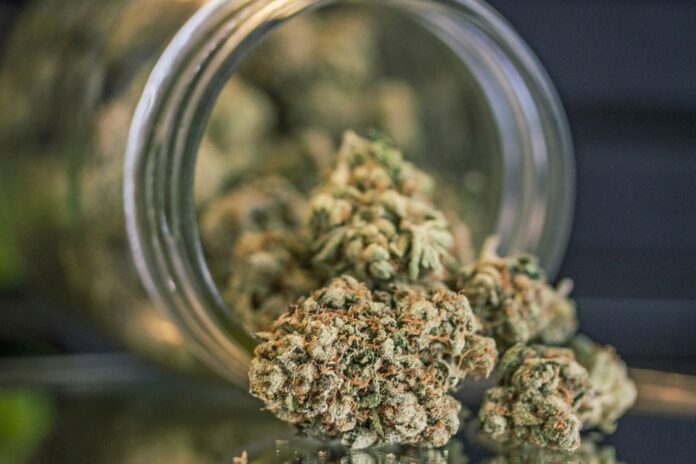
Optimal Conditions
Cannabis plants require optimal light conditions for growth. Although natural sunlight is the most cost-effective option, its availability may be limited depending on your location. Alternatively, artificial lighting options like LED grow lights or High-Intensity Discharge (HID) lamps may be used.
Maintaining temperature and humidity is also crucial for optimal plant growth. Most cannabis plants thrive in temperatures ranging from 70 to 85 degrees Fahrenheit during the day, and 60 to 70 degrees at night. Likewise, ideal humidity levels vary depending on the growth stage, with seedlings requiring around 65-70% and fully grown plants benefiting from 40-50% humidity levels.
Providing the right nutrients in proper quantities is also crucial for the growth and development of your cannabis plants. Your plants require a balanced combination of macro and micronutrients, including nitrogen, phosphorus, potassium, calcium, magnesium, and sulfur, among others. Be sure to start with a nutrient-rich soil or nutrient solution, and adjust the composition as per the plant’s stage of growth. It’s essential to monitor your plants and identify any nutrient deficiencies or excesses early to prevent irreversible damage.
Growers always seek ways to improve their cannabis yield and efficiency. To accomplish this, consider implementing Low-Stress Training (LST) and pruning techniques that promote healthy, bushy plants with multiple bud sites. LST involves gently bending and tying branches to encourage more lateral growth, while pruning involves carefully removing selected leaves, branches, or shoots to direct energy toward bud production. These methods not only lead to higher yields but can also enhance plant health and potency.
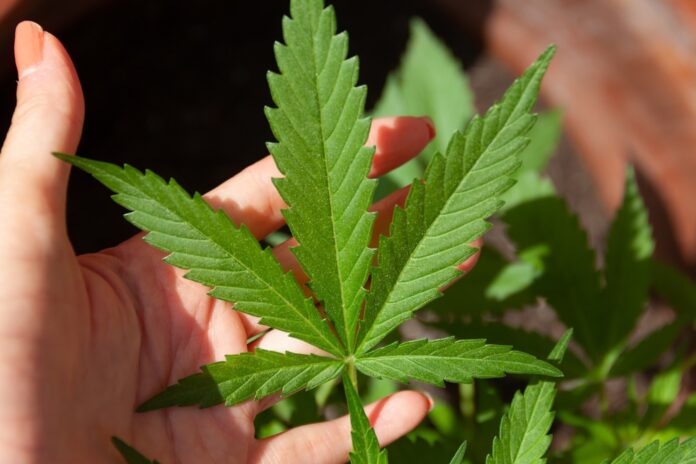
Final Product
Cannabis plants have three main stages in their growth that require some intervention. During germination, place seeds between moist paper towels for 24-72 hours until they sprout. Once sprouted, plant seeds in a small container with the taproot facing down. The vegging stage involves rapid plant growth, requiring increased light exposure and nutrients to support healthy development. Expect vegging to last for 3-8 weeks depending on the strain and growing conditions. Cannabis plants enter the flowering phase once daily light exposure is reduced to 12 hours. This stage lasts for 6-10 weeks, with the plant ready for harvest once the flowers reach peak maturity.
To ensure a successful harvest, be sure to know how to recognize maturity indicators. Check the trichomes, or resin glands, on your plant using a magnifying device or microscope. When these appear mostly milky, with a few amber-colored trichomes, it’s the optimal time for harvest. You’ll also need to keep an eye on the plant’s pistils. When approximately 70% of the pistils have changed color from white to brown, it’s time to harvest.
A common harvest process involves cutting branches, removing large fan leaves, and trimming excess foliage before hanging the plant upside down in a dark, well-ventilated room to dry for 7-14 days. Then, cure your cannabis by storing it in airtight jars in a dark, cool location for 2-4 weeks to allow the remaining moisture to dissipate.
Your hard-earned cannabis harvest can now be used in various ways. The traditional method of lighting cannabis for instant effects is smoking, but cannabis can also be consumed by vaping as well. You can also incorporate your cannabis into foods like brownies, cookies, or gummies for a fun and discreet consumption method. Create a cannabis-infused oil by dissolving the plant in high-proof alcohol for a discreet, long-lasting, and fast-acting sublingual option, or blend cannabis with creams or balms for localized relief of pain and inflammation when applied to the skin.
Homegrown cannabis cultivation can be a fulfilling and frugal way to produce your own plant supply. With patience, practice, and proper care, you can successfully enjoy bountiful harvests of high-quality cannabis for years to come. Happy growing!

